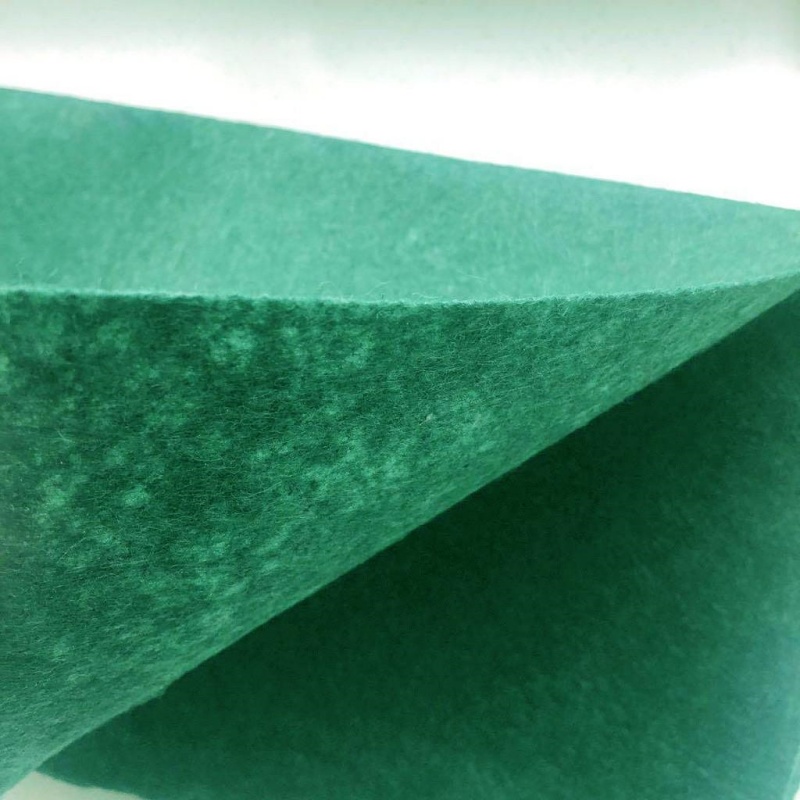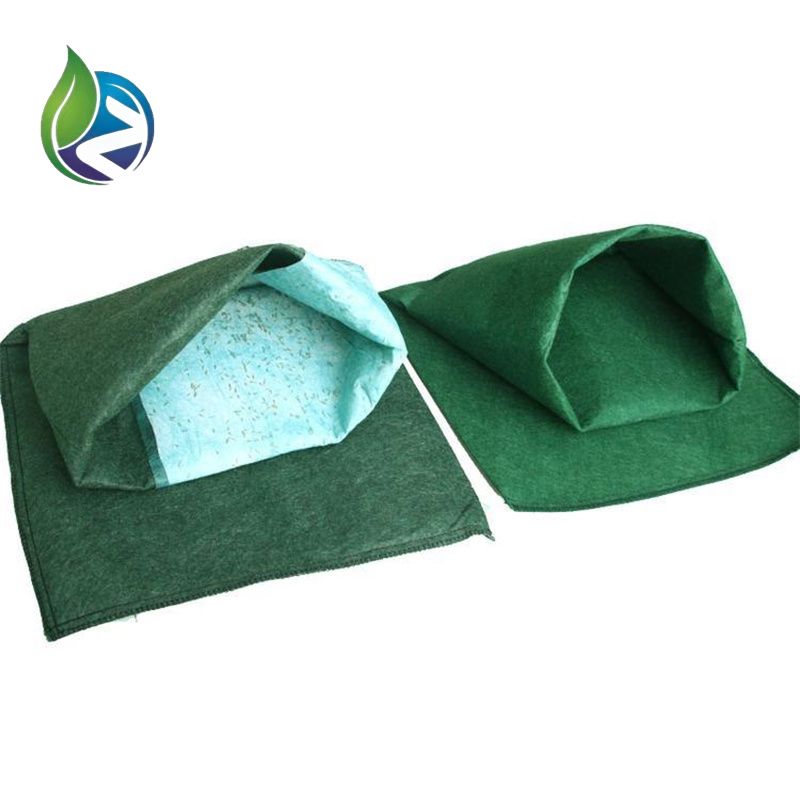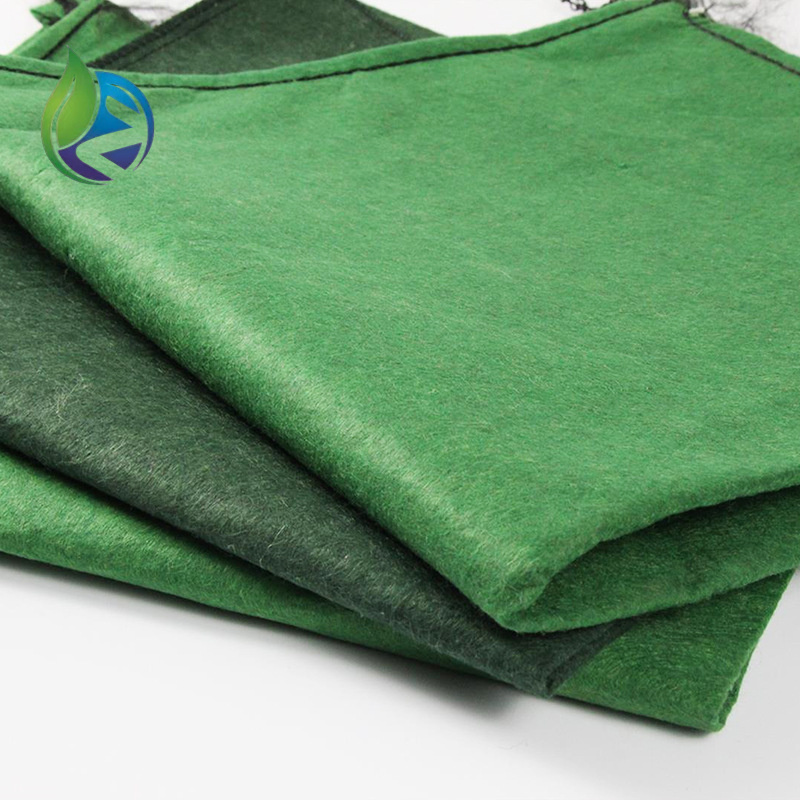What Role Do Geobags Play in Slope Protection Projects?
What Role Do Geobags Play in Slope Protection Projects?
In civil engineering and construction projects, slope protection is a crucial aspect to prevent soil erosion, landslides, and to maintain the structural integrity of natural and man-made slopes. One innovative and effective solution used for slope stabilization is the use of geobags. These geosynthetic materials offer significant benefits when it comes to protecting slopes from the destructive forces of water, wind, and time. In this article, we will discuss the important role that geobags play in slope protection projects and how they contribute to long-term stability.
What Are Geobags?
Geobags are large, durable bags typically made from nonwoven geotextile fabrics, such as polypropylene or polyester. These bags are filled with sand, soil, or other suitable materials and are used to provide support, stabilization, and erosion control. Geobags are often used as an alternative to traditional concrete blocks or rock riprap in various construction applications, especially in projects involving slope protection, riverbank stabilization, and coastal defenses.
The geobags function by acting as a flexible and permeable barrier that resists erosion while allowing water to pass through. This helps reduce the pressure on the slope surface and minimizes the impact of water runoff, making them a sustainable and effective solution for slope protection projects.
How Do Geobags Contribute to Slope Protection?
1. Preventing Soil Erosion
One of the primary functions of geobags in slope protection is their ability to prevent soil erosion. Water runoff can cause severe erosion of slopes, leading to landslides and degradation of the landscape. Geobags provide a protective layer that stabilizes the soil beneath, preventing it from being washed away by rainwater or storm surges.
The permeable nature of the geobags allows for the gradual infiltration of water, reducing the force of runoff while keeping the underlying soil intact. By creating a barrier that absorbs and redirects water, geobags effectively prevent soil erosion on slopes, ensuring the longevity of the slope’s structure.
2. Enhancing Slope Stability
Another crucial role of geobags in slope protection projects is enhancing the overall stability of slopes. Geobags provide additional weight and resistance to forces acting on the slope. When stacked in layers, geobags create a robust structure that helps retain soil and prevent slippage.
In areas with weak soil or loose material, geobags can be strategically placed to form reinforced layers, distributing the weight and forces across the slope and reducing the risk of slope failure. The flexibility of geobags allows them to adapt to the shape of the slope, improving their ability to conform to irregular surfaces and enhancing the overall stability of the slope.
3. Reducing the Risk of Landslides
Landslides are a significant concern in areas with steep slopes, especially during periods of heavy rainfall. The use of geobags can significantly reduce the risk of landslides by stabilizing the slope and reinforcing the soil. Geobags create a secure structure that prevents soil movement by holding the soil together and reducing the force of water runoff that can trigger landslides.
By increasing the friction between the geobags and the underlying soil, they help resist sliding forces and provide a greater degree of stability. Geobags are especially effective in areas prone to heavy rainfall and high water flow, such as riverbanks, coastal areas, and steep mountainous regions.
4. Cost-Effective and Environmentally Friendly Solution
Compared to traditional methods of slope protection, such as concrete blocks, steel reinforcements, or rock riprap, geobags are a more cost-effective and environmentally friendly solution. They are made from recyclable, biodegradable materials that do not harm the environment, making them an ideal choice for sustainable construction practices.
The lightweight nature of geobags reduces transportation and installation costs, and their flexible design allows for easy handling and installation in areas with difficult access. Furthermore, geobags do not require extensive maintenance, making them a long-term, low-cost solution for slope protection projects.
5. Providing Habitat for Vegetation Growth
An added benefit of using geobags in slope protection projects is that they promote the growth of vegetation. Once the geobags are in place and stabilized, plants can be encouraged to grow on top of them. The permeable nature of geobags allows for water retention, which benefits plant roots and promotes the establishment of vegetation.
Vegetation helps improve slope stability by binding the soil together with their root systems, reducing the risk of erosion even further. Over time, the vegetation on top of the geobags will create a natural barrier that enhances the aesthetic appeal of the slope while providing additional erosion control.
Where Are Geobags Used in Slope Protection Projects?
1. Riverbanks and Coastal Areas
In riverbank stabilization projects, geobags are commonly used to prevent soil erosion caused by water flow. They help stabilize the riverbanks, reduce the impact of wave action, and prevent sediment from being washed into the water. In coastal areas, geobags are used to protect shorelines from erosion and to prevent damage caused by tidal forces and storm surges.
2. Roadway and Highway Slope Protection
In areas where roadways or highways are built on or near steep slopes, geobags provide effective slope protection. They prevent soil erosion on embankments and reduce the risk of landslides, ensuring that the road remains safe for use. Geobags are especially useful in areas where the slope is steep or where it is difficult to access the construction site.
3. Mining and Quarrying Operations
In mining and quarrying operations, the excavation of earth and rock often leaves behind unstable slopes that require protection. Geobags are used to reinforce these slopes, preventing soil erosion and ensuring the safety of workers and equipment. The use of geobags in these projects helps stabilize the terrain and reduces the risk of accidents caused by unstable slopes.
4. Agricultural and Forestry Projects
In agricultural and forestry projects, geobags can be used to prevent soil erosion on slopes used for farming or forest management. They help stabilize the soil, reduce water runoff, and promote the growth of vegetation. Geobags are especially useful in areas where the soil is prone to erosion due to heavy rainfall or farming practices.
Conclusion
Geobags play an essential role in slope protection projects by preventing soil erosion, enhancing slope stability, and reducing the risk of landslides. They provide a cost-effective, environmentally friendly, and durable solution for stabilizing slopes in a variety of applications, from riverbanks to highways and agricultural fields. By understanding the role that geobags play in slope protection, construction professionals can make informed decisions to enhance the safety and longevity of their projects.








